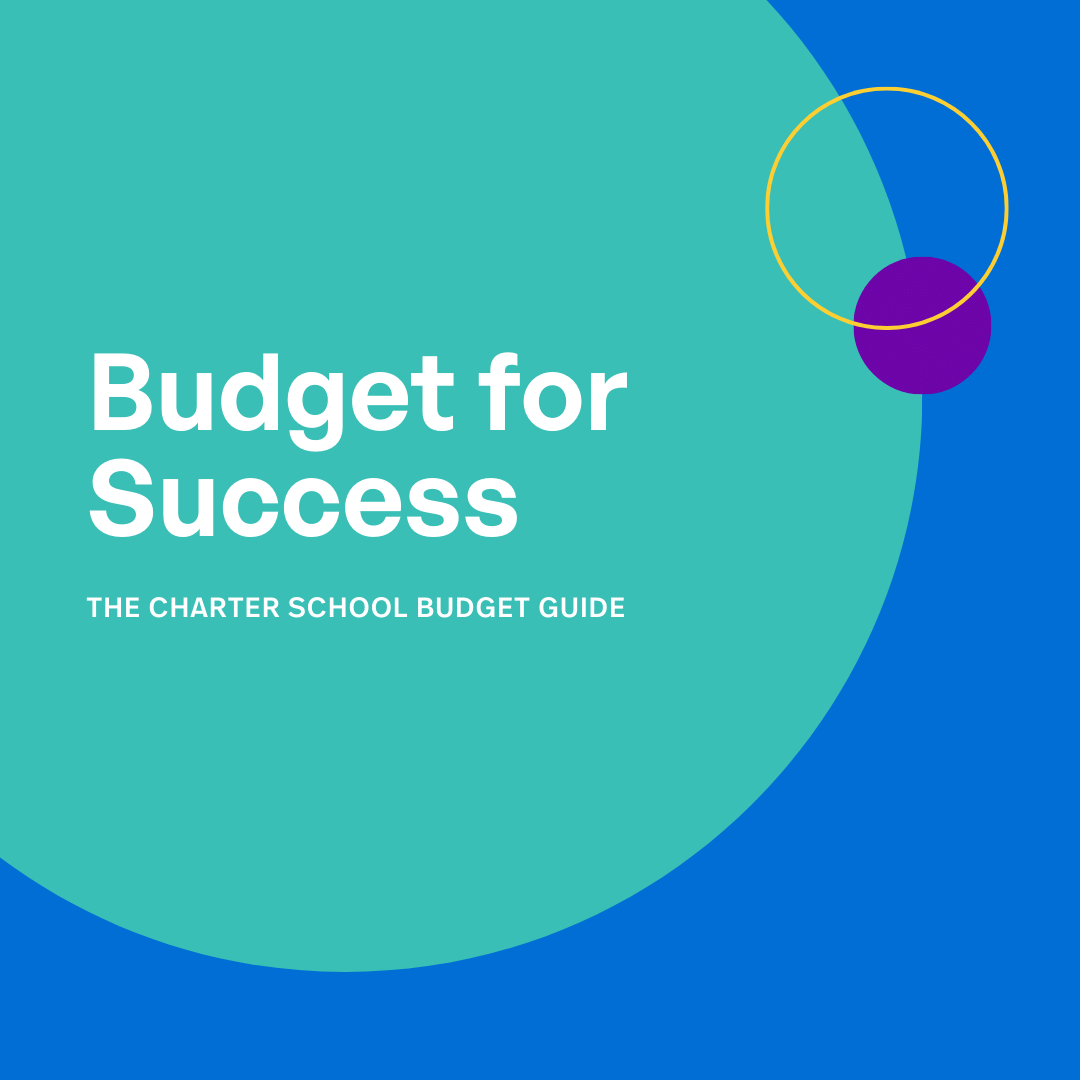Special education teachers play a vital role in schools, providing essential support to students with diverse learning needs. However, attracting and retaining passionate and dedicated candidates for these roles can be a challenge.
That’s where Ingrid Wulczyn comes in. Ingrid is a former special education teacher and administrator and is the founder and CEO of Project IDEA, an organization focused on providing support and resources to schools. Ingrid shared some great practices for schools looking to hire and support special education teachers. If you missed her webinar Hiring and Supporting Special Education Teachers, you can find it here on-demand or read the recap below.
What’s Unique About Special Education Roles?
Hiring and supporting special education teachers requires an understanding of the unique positions they have at your school. Ingrid shared a brief overview:
1. Specialized Role, Generic Title
While special education roles are all named similarly, they actually encompass a wide range of specific responsibilities and tasks. There’s no one-size-fits-all approach to education, and neither do all teaching positions look the same.
2. Multifaceted Responsibilities Extending Beyond Teaching
Special education professionals wear many hats beyond their primary role as teachers. They are responsible for managing paperwork, meeting deadlines, navigating the school premises frequently, and leading meetings with fellow adults.
3. Juggling Relationships and Stakeholders
Special education positions inherently involve collaborating with numerous individuals and stakeholders. These professionals must adeptly manage and nurture relationships with a diverse range of personalities, ensuring effective communication and cooperation.
Write Job Descriptions That Attract Passionate Candidates
In light of the uniqueness of these roles, Ingrid provided tips on crafting job descriptions that accurately represent the nature of special education roles, a practice she says is vital in attracting the right candidates.
She recommends that you:
1. Create Specific Role Descriptions: Provide clear and detailed information about the specific responsibilities and expectations of the role. Highlight the range of tasks; the student population teachers will be working with, and any potential flexibility or choices teachers may have.
2. Highlight Inclusive School Culture: Emphasize your school’s commitment to inclusivity and equity. Illustrate how students with disabilities are valued and included in the school community. A supportive school environment for all students is essential for attracting and retaining special education teachers.
3. Include Perks and Support: Highlight the supports and perks your school offers to special education teachers. This can include professional development opportunities, coaching from a specialized coach, protected time for paperwork, remote paperwork options, and access to tools that facilitate their work.
Design Your Hiring Process to be Special-Education Focused
Ingrid then shared how tailoring the hiring process can reflect an understanding of the unique nature of special education roles.
Schools can:
1. Test Special Education Knowledge: During the interview, incorporate activities or assessments that assess candidates’ basic knowledge of special education practices, laws, and procedures. This can help ensure that candidates have a foundational understanding of the field.
2. Tailor Interview Questions: Include interview questions, activities, and scenarios specific to special education. For example, ask candidates to demonstrate how they plan for a small group that meets twice weekly for 30 minutes. Tailoring questions to the unique demands of special education roles will provide valuable insights into candidates’ skills and abilities while demonstrating an awareness of the role’s nuances.
Support Your Special Education Teachers for Growth
Supporting special education teachers is crucial for their professional development and job satisfaction. Here are two essential tips Ingrid offered:
1. Remove Duties: Special education teachers often juggle multiple responsibilities beyond teaching. They appreciate when administrative duties are reduced, allowing them to focus on providing high-quality instruction and support to students. By removing non-essential tasks from their plates, you can create more time for them to devote to their core responsibilities.
2. Advisory Considerations: Avoid assigning case managers to lead advisories if possible. Special education teachers have unique demands in managing multiple relationships and stakeholders. Allowing them to focus on their primary role and responsibilities without additional obligations can enhance their effectiveness in supporting students.
More Resources
Lastly, Ingrid touched on ways Project IDEA can help support special education. They have a resource library with a wide range of tools, templates, and materials designed specifically for special education teachers. These resources help educators effectively plan, implement, and track individualized education plans (IEPs) and accommodations for students with disabilities. Above all, Ingrid says, “Keep in touch with your special education teachers, and acknowledge and value what they do.”
Miss the webinar and want to learn more? You can access it on-demand here. Hiring and Supporting Special Education Teachers (charterschoolcapital.com)




